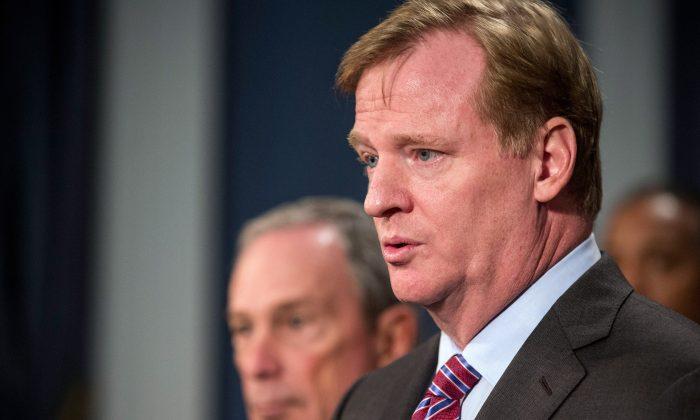NEW YORK—While congressional lawmakers race around the clock to avoid what was deemed by Treasury Secretary Timothy Geithner as “catastrophic” consequences on the U.S. economy should the nation default on its debt, the financial markets are digesting the real consequences of a possible default and downgrade.
President Barack Obama has warned that failure to reach a deal would hurt America’s credit rating, its ability to borrow, and increase interest payments—further taxing an already fragile economy. Christine Lagarde, chief executive of the International Monetary Fund, echoed his sentiments, urging lawmakers to come up with a solution to avoid its negative effects on the global economy.
The major credit rating agencies—Standard & Poor’s, Moody’s, and Fitch Ratings—have said that they may downgrade U.S. debt regardless of a debt agreement being reached by next week. And judging by recent market performance, investors may already be pricing the effects into market valuations.
In a new ratings report Wednesday, Fitch, one of the top three credit ratings agencies in the world, downplayed the economic risk of a U.S. debt downgrade.
“The immediate aftermath could spark volatility in both Treasuries and broader financial markets,” Fitch said Wednesday. “Over the near-to-medium term, in a moderate downgrade scenario (e.g., to AA), U.S. Treasuries would likely retain their standing as the benchmark security that anchors global fixed-income markets, given their unparalleled liquidity, unique role in the financial system, strong credit profile, and lack of a viable alternative.”
In other words, while the United States would lose the coveted AAA credit rating, it would nonetheless still enjoy benchmark status as well as lower interest rates relative to other nations, as the nation’s debt would still be viewed as one of the safest, and most liquid, investments in the world.
According to Fitch, there is some precedent. In 1998 Japan’s credit rating was cut from AAA, and while it temporarily drove up interest rates, in the long run it had little effect on the nation’s economy or its currency.
President Obama touted Aug. 2, as a deadline to raise the debt ceiling based on estimates by economists that on or around that time the nation may run short of money to fund operations and make debt payments.
However, that date, which was set by the White House, may no longer be set in stone. According to projections by several Wall Street banks, the New York Times reported that an inflow of tax revenues and other maneuverings by the Department of Treasury could give the nation another lifeline. And in fact, Aug. 10, is more likely the real date when the nation cannot afford to pay its Social Security obligations.
In the end, the U.S. government can prioritize payments, by either postponing payments to veterans, Social Security, or Medicaid payments to U.S. states.
The last time the federal government came this close to not being able to pay its debts was in 1979, which increased the nation’s interest payment obligation. Of course, back then the national debt was less than $1 trillion.
Possible Effects of US Credit Rating Downgrade
If United States would lose the coveted AAA credit rating, it would nonetheless still enjoy benchmark status as well as lower interest rates relative to other nations.
By Frank Yu
7/27/2011
Updated: 10/1/2015






Friends Read Free